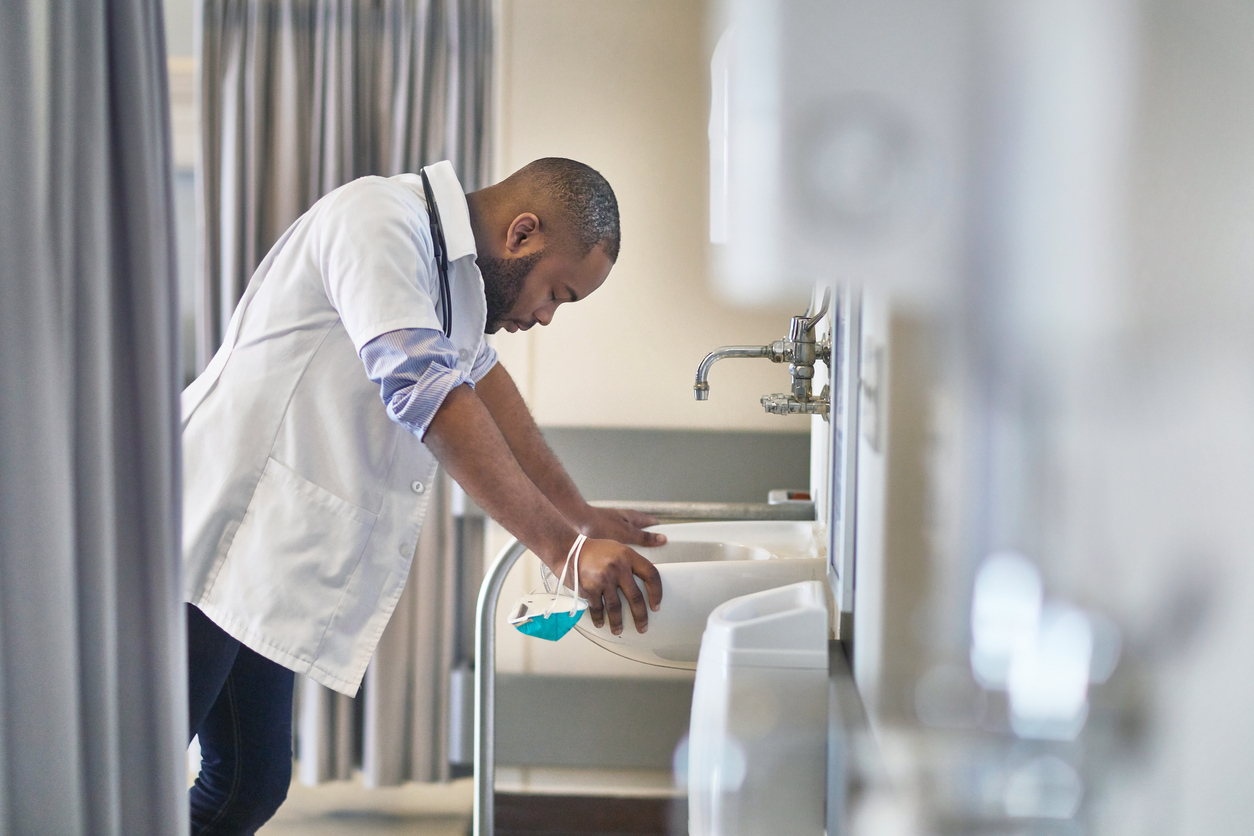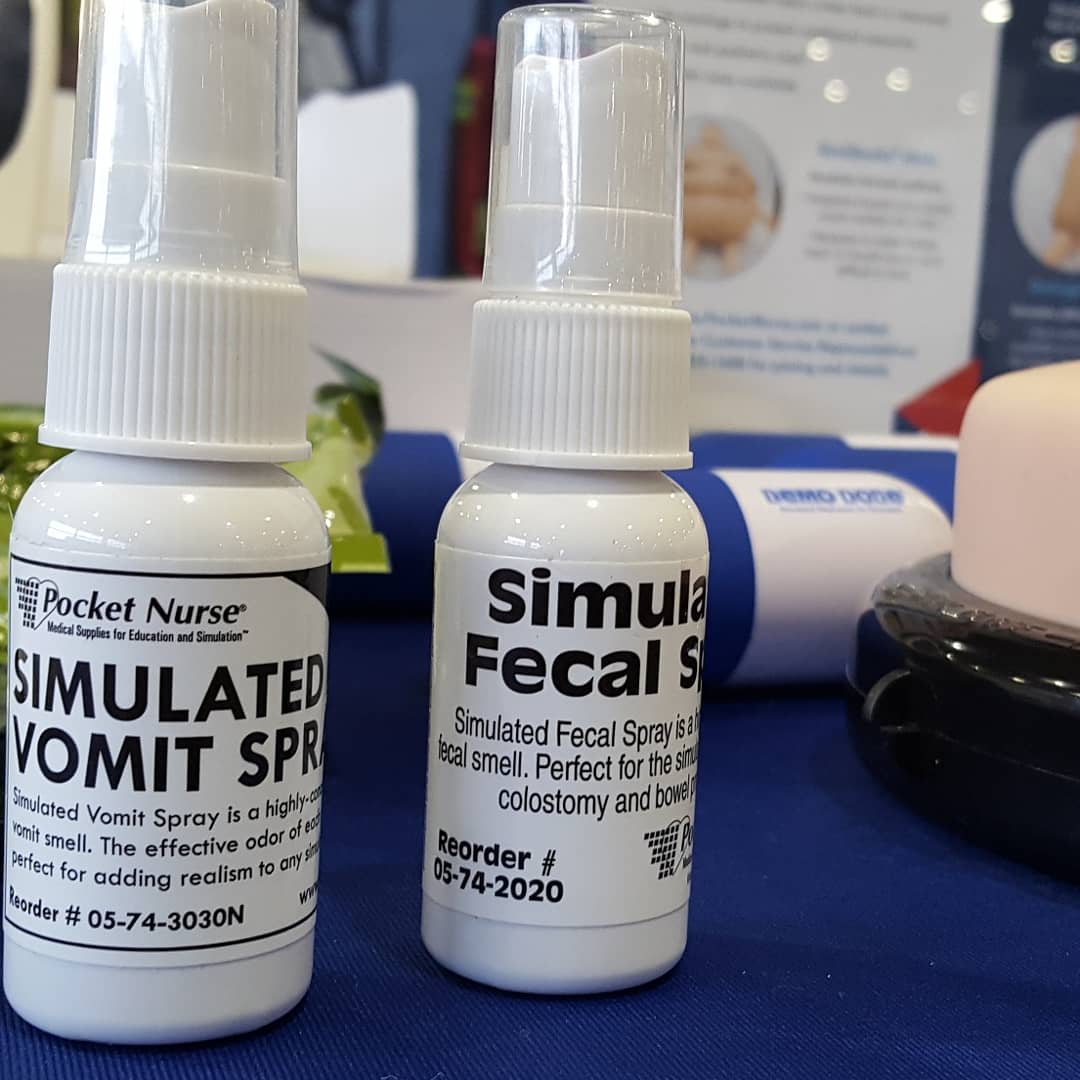
A career in healthcare can have many stressful moments. Some healthcare professionals must deal with stress on a daily – even hourly -- basis. Yet students in healthcare programs get very little experience in dealing with career stressors.

A career in healthcare can have many stressful moments. Some healthcare professionals must deal with stress on a daily – even hourly -- basis. Yet students in healthcare programs get very little experience in dealing with career stressors.

This year, SimTalk Blog had over 24,000 visitors, and we have over 1,000 subscribers! Thank you to all our readers. In case you missed anything, here are the most-read articles from 2019.

More than any other sense, a person’s sense of smell can instantly invoke a long-forgotten memory. The scent of freshly baked bread can take evoke memories of a grandmother’s kitchen; newly mown grass can make one recall a summer spent as a landscaper.

Incorporating simulation into curriculum is a new concept for many healthcare educators. Every year, educators across America, from physical therapy (PT) to nursing to EMS, will write their first scenarios. This can seem like a daunting task for a novice, but there’s no reason for concern. Scenario-building is a simple and rewarding task.

Simulation is a favored teaching methodology in healthcare education. As discussed in our previous posts, “What is Simulation” and “Why Use Simulation,” simulation allows students to build hands-on experience in a risk-free, safe environment. For all its benefits, adopting simulation can be difficult. The following best practices should be considered ...